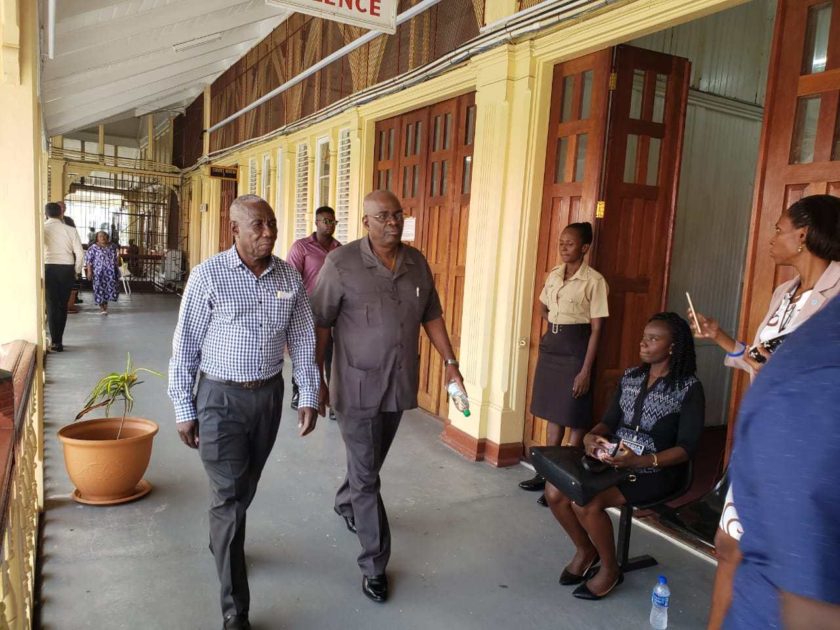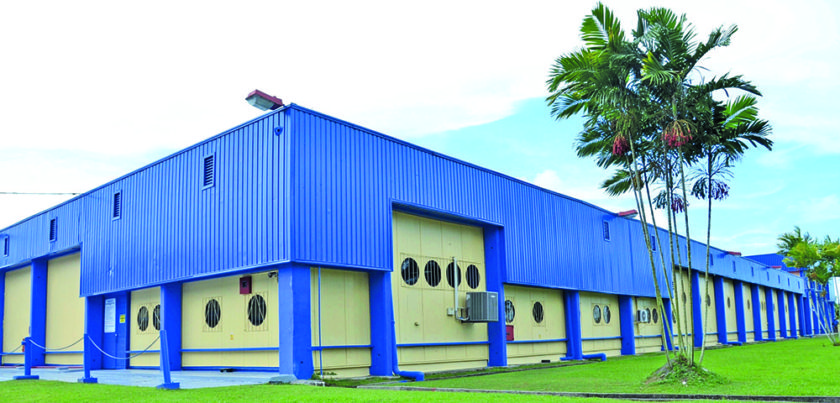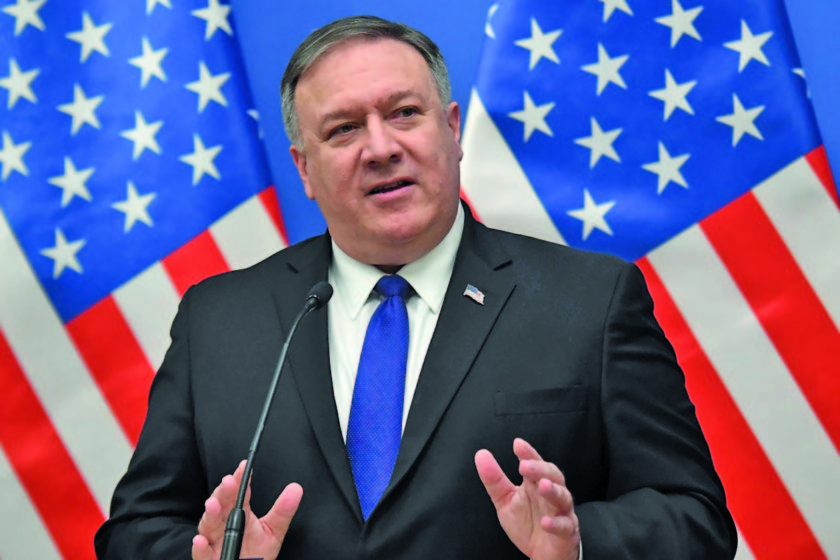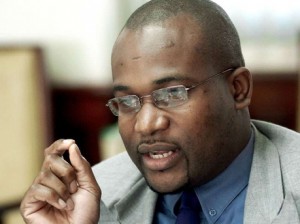
Research carried out by Mona School of Business and Management (MSBM), University of the West Indies (UWI) has found that the 2013 Limacol Caribbean Premier League Twenty20 (CPLT20) tournament generated a combined impact of US$105.6 million across the region.
Limacol CPL was launched last year to sell-out crowds, with over 250,000 spectators attending matches across Antigua, Barbados, Guyana, Jamaica, Trinidad and St Lucia.
Global stars including Chris Gayle, Kieron Pollard, Ricky Ponting and Muttiah Muralitharan took part in the tournament, dubbed the “Biggest Party in Sport”, where franchise team shareholders included Hollywood stars Mark Wahlberg and Gerard Butler.
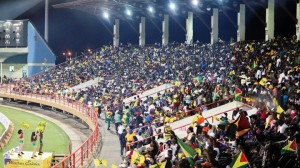
At a time when Caribbean nations have been keen to boost economic growth, Limacol CPL provided a much-needed stimulus. Twenty-six days of carnival-like entertainment, coupled with exciting cricket, generated a significant economic fillip to the host countries.
The report has established that last year’s tournament had wide-reaching benefits in the six host countries (Antigua, Barbados, Guyana, Jamaica, Trinidad and St Lucia) across eight different sectors: general services, transport and communication, government services, hotels and restaurants, manufacturing, health care and insurance, and the financial services sector.
The competition is estimated to have boosted gross domestic product (GDP) by as much as 0.7 per cent in some countries, a tremendous boost given the fact that some countries hosted just three days of cricket.
“With the region still feeling the effects of the global financial crisis, (Limacol) CPL has been a real shot in the arm for the Caribbean,” UWI’s Professor Densil Williams said. “The tournament could trigger an even bigger revival, because as it grows and the brand becomes more recognised, we anticipate that the impact on the economies will be much greater.”
The estimated total economic impact of Limacol CPL 2013 for each host country is as follows: Antigua, US$7.35 million; Barbados, US$9.1 million; Guyana, US$4 million; Jamaica, US$10.65 million; Trinidad, US$12.85 million, St Lucia US$7.3 million. An additional US$54 million was raised by spending across all six countries.
As well as providing a financial boost to the region, the competition has also helped to put domestic West Indian cricket back on the map, with the tournament televised across the globe, including U.S.A., India, UK, Australia and New Zealand.
Hailed by supporters, players and administrators as an overwhelming success, the Limacol CPL is part of a bigger vision to develop the game of cricket in the region.
To demonstrate the long-term development strategy, Limacol CPL granted 60 retainer contracts to local players, in addition to those that are already in existence at the West Indies Cricket Board (WICB).
“These findings back up what people have been telling us for months, that the (Limacol) CPL has been brilliant for the region,” said Chief Executive Officer (CEO) of Limacol CPL Damien O’Donohoe. “This year, we’re committed to building on our initial success, with more sold-out crowds, fantastic entertainment and a high standard of cricket.”
CEO of WICB Michael Muirhead said the Limacol CPL tournament is “central to our vision of developing and reviving cricket in the region. Last year’s tournament not only put a smile back on the face of our domestic game, but this report shows that it also had a huge benefit for the Caribbean in general,” he said.
“I’ve played a lot of T20 cricket, and every competition claims to be the most fun, but (Limacol) CPL really is the ultimate party. With fans coming out in their hundreds of thousands, it’s great to hear that (Limacol) CPL has had such a positive economic impact on the region,” said last year’s winning captain of the Jamaica Tallawahs Chris Gayle.
The Limacol CPL returns in July and August 2014 when the Jamaica Tallawahs will defend their title against the St Lucia Zouks, Trinidad and Tobago Red Steel, Antigua Hawksbills, Guyana Amazon Warriors and Barbados Tridents.

